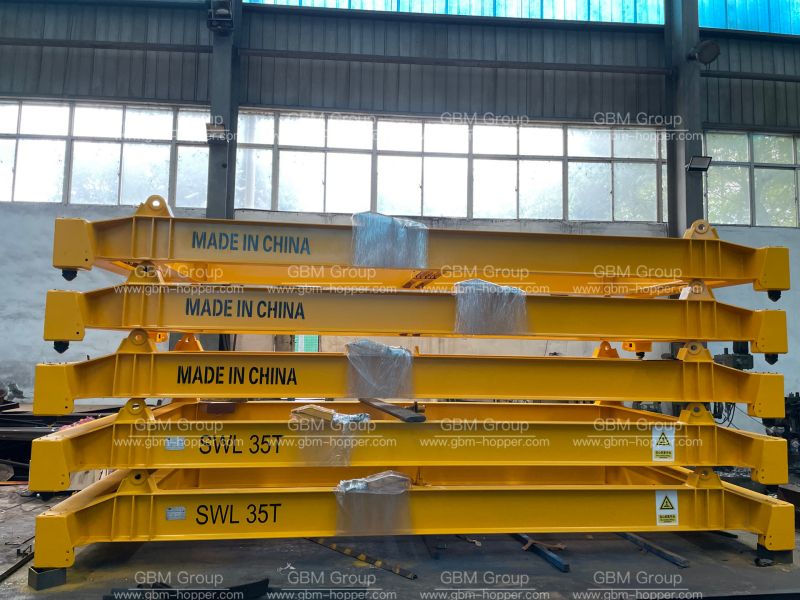Container spreaders are critical equipment in the shipping industry, used to lift and move containers from one location to another in ports and other handling facilities. To ensure safe and efficient operation, spreaders must be kept in good condition. Proper maintenance not only reduces the risk of accidents and breakdowns, but also prolongs the life of your equipment. In this article, we discuss container spreader maintenance and the importance of regular inspection and service.


Maintenance procedures for container spreaders
Maintenance procedures for container spreaders vary by type and model of equipment. However, there are general guidelines that apply to most spreaders, including:
1. Periodic Inspection: The spreader should be visually inspected daily for any visible damage such as cracks, deformation or broken parts. If any damage is detected, the spreader should be taken out of service until repairs are made.
2. Lubrication: The spreader should be lubricated regularly to prevent rust and wear of moving parts. Lubrication should be performed according to the manufacturer's instructions
3. Cleaning: The spreader should be cleaned after each operation to remove any dirt or debris that may interfere with its proper operation.
4. Load test: Regularly carry out load tests to ensure that the spreader can lift the maximum load capacity specified by the manufacturer.
Spreader Maintenance Safety Measures
Safety is an important consideration in container spreader maintenance procedures. Pay attention to the following safety measures when performing maintenance on the spreader:
1. Use of authorized personnel: Only authorized personnel who have received proper training should perform maintenance on the spreader.
2. Use Proper Tools: Use only the tools recommended by the manufacturer for maintenance and repair of the spreader.
3. Follow lockout/tagout procedures: When performing maintenance on spreaders, follow proper lockout/tagout procedures. This is to ensure that the device does not start up accidentally during maintenance activities.
4. Observe good housekeeping: Good housekeeping practices should be followed during maintenance activities. This includes making sure the work area is free of debris and debris that could cause an accident.
Benefits of Regular Maintenance of Container Spreaders
Regular maintenance of container cranes has several benefits, including:
1. Improved Safety: Proper maintenance reduces the risk of accidents and breakdowns, ensuring safe operation.
2. Extended equipment life: Regular maintenance extends the life of equipment and reduces the need for premature replacement.
3. Reduced downtime: Proper maintenance reduces the frequency of equipment failure, thereby reducing downtime and increasing productivity.
4. Compliance with regulations: Regular maintenance and load testing ensure compliance with relevant regulations, such as OSHA and ANSI standards.

In conclusion
In summary, proper maintenance of container spreaders is critical to ensuring safe and efficient operations in the shipping industry. Periodic inspections, lubrication, cleaning and load testing, and other maintenance procedures should be performed to ensure proper operation of the equipment. Safety measures should always be followed during maintenance activities, and the benefits of regular maintenance include increased safety, longer equipment life, reduced downtime, and compliance with relevant regulations. Therefore, shipping lines must prioritize maintenance of container spreaders to ensure safe and efficient handling of cargo.
Post time: Jun-13-2023
 © Copyright - 2018-2021 : All Rights Reserved.
© Copyright - 2018-2021 : All Rights Reserved.